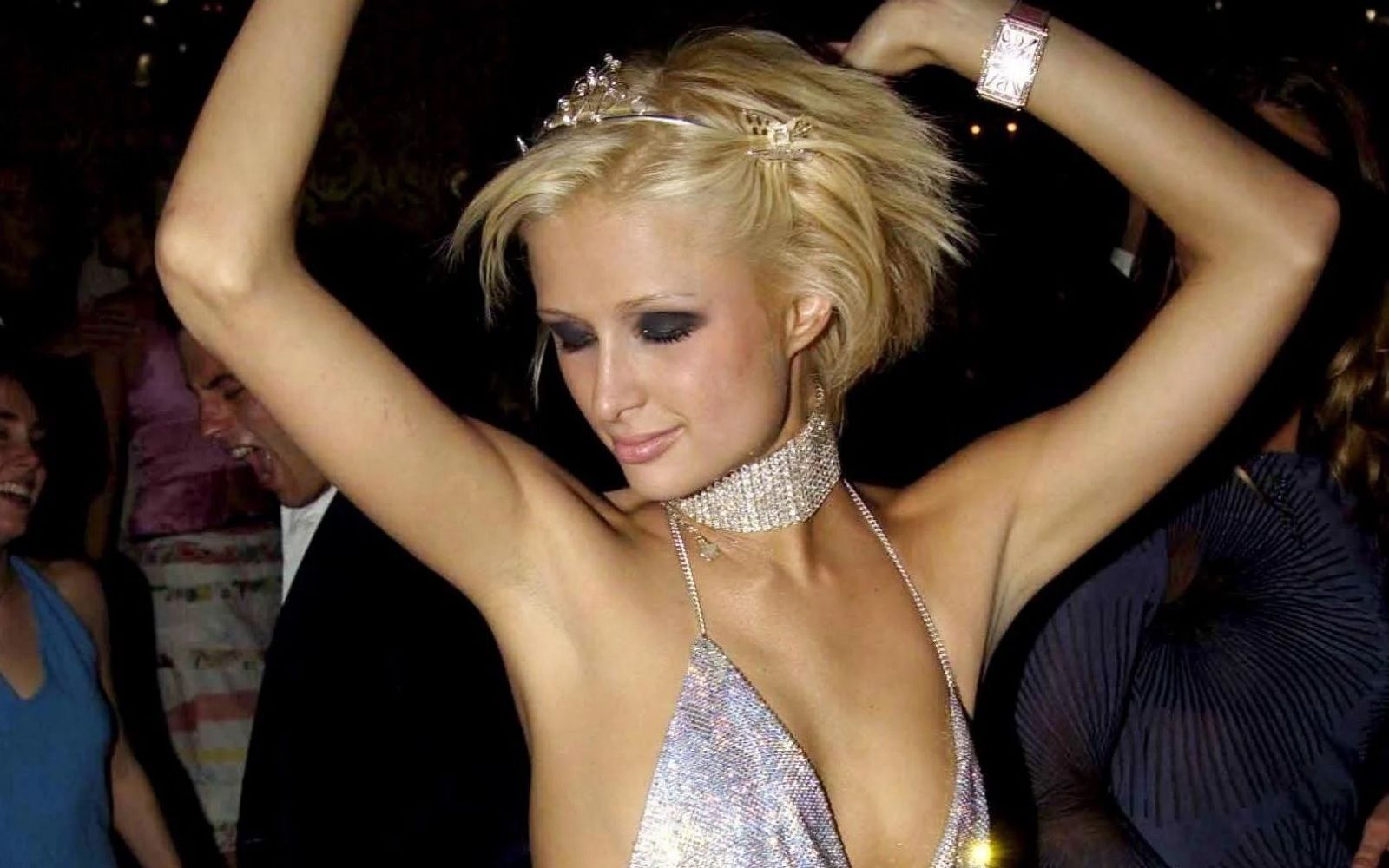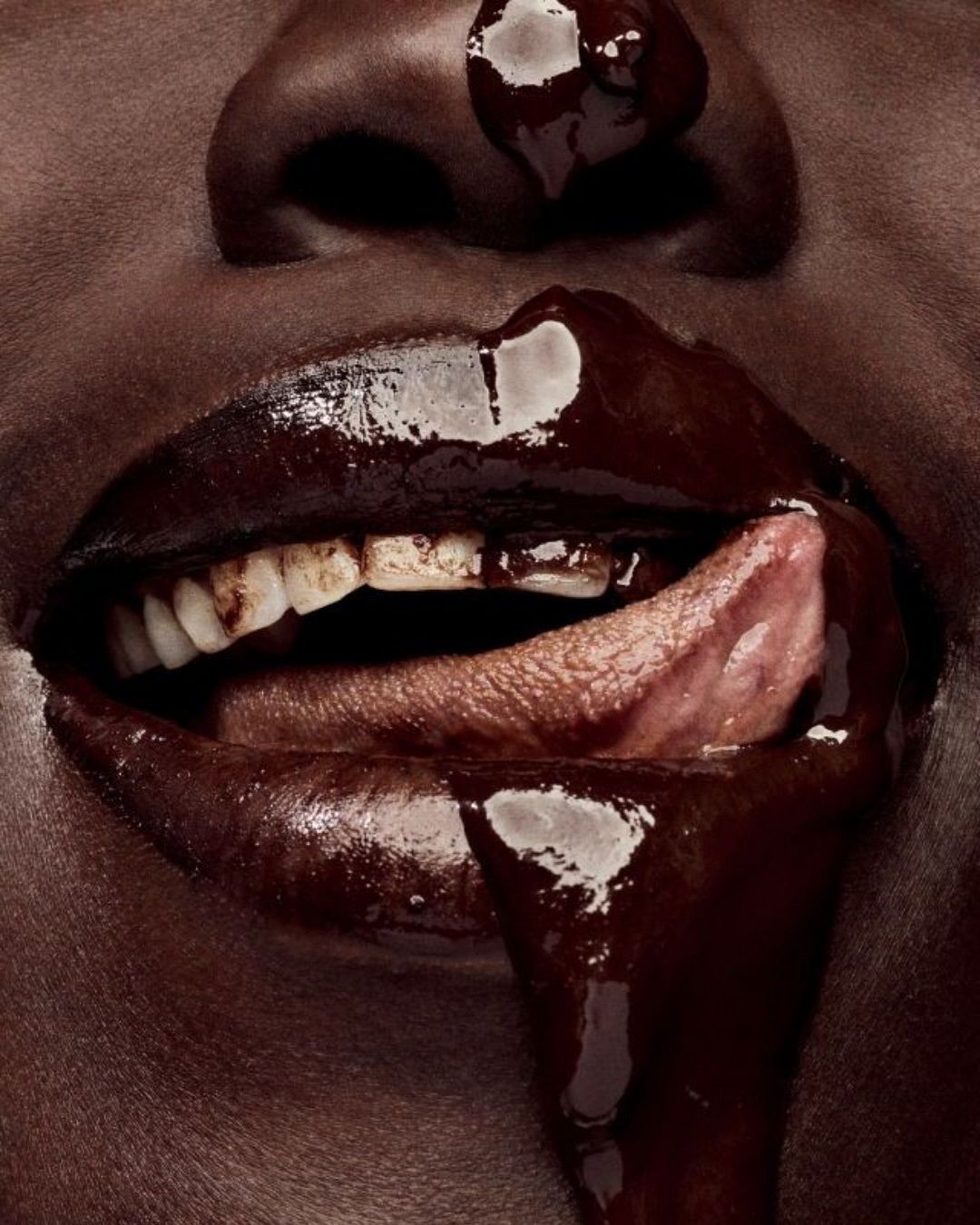
The evolution of the Party Girl over the years From the flappers of the 1920s to the socialites of the early 2000s
The trailer for Babylon, a film that brings to the screen 1920s Hollywood, during the period of cinema's transition from silent to sound, amid lights, shadows, and a mad decadentism, is circulating these hours. The video shows Brad Pitt tap dancing in his underwear and Margot Robbie, beautiful, sweaty, drunk, and disheveled, saying "I just want to party forever." A phrase and an image that perfectly embody the quintessential party girl who stops in a timeless snapshot flapper Luisa Casati, Zelda Fitzgerald and indie sleaze babies like Edie Sedgewick and Kate Moss but also Y2K princess Paris Hilton and all the other socialites and celebrities who made partying to excess an art that made them unforgettable. Today, the image of the girl who parties all night without limits with a very specific beauty look seems to have remained frozen in time, especially after the new generations are vowing to an increasingly alcohol-free life, partly for health partly for environmental protection and partly for market trends: the soft drink market has grown by more than 506 percent since 2015 and Google searches for the terms "sober curious" have hit record highs in 2021. This shift is also due to the new Gen-Z idols, such as Dua Lipa and Bella Hadid, moving toward a lifestyle that unlike diet culture puts wellness at the center of the discourse, where alcohol is there, but in moderation. Now that between a Gin Tonic and an energizing drink from Hadid's brand Kin Euphorics it's cooler to opt for the alcohol-free option, what will the new party girls look like?
Being a fashionable party girl and embracing a life outside the box, a modus vivendi that revolved around the idea of fun seemed right or better yet a way to claim one's emancipation. The crazy 70s nights at Studio 54 with Grace Jones and Bianca Jagger squeezed into tight catsuits or sexy Halston dresses showed the world what a real it girl was supposed to look like. The glamour of Kate Moss and Sienna Miller, queens of Glastonbury and London clubs, in their indie sleaze phase is still celebrated on Instagram and Pinterest. The thin red thread connects all these names and reaches all the way back to the early 2000s when Paris Hilton and Nicole Richie dominated nightclubs around the world and the only thing Kim Kardashian was known for was tidying up her heiress friend's closet as a personal stylist. The mood that made the heiress famous was the classic dumb blonde who played with her body while displaying an overflowing personality and a life in which alcohol and wild parties were essential to articulate. In the mid-2000s, parties began to lose their cultural appeal. Celebrity hotspots such as Studio 54, The Viper Room, or Les Deux were either shut down or went into oblivion. We no longer have enigmatic and self-destructive muses like Edie Sedgewick, and even Britney, Mischa, and Lindsay seem distant.
Contemporary it girls, from Emrata to the Hadid sisters, have categorically rejected any assumption of a party girl alter ego, embracing a healthier lifestyle, at least in public. For them (thankfully), looking devastated is not fashionable at all, especially in today's reality where every behavior is under a collective lens that never tires of analyzing every piece of content shared and infiltrates beyond the constructed image one wants to communicate on social by pushing users to show their real lives with BeReal as well. Suddenly, the market is no longer interested in either worshipping or following celebrities in their villain era, but prefers to be inspired by videos of the wellness-conscious girl's perfect routine. Right now, no one would forgive the bad-girl-without-a-cause behavior of the Lindsay Lohan of the early 2000s anymore, and those who overindulge have only one way to get back into the public's good graces: to make amends, confess and condemn their bad habits following the example of the youngest of the Hadid sisters who a few months ago said she stopped drinking alcohol after becoming aware of the negative effects of alcohol on the mind.
Has the "live fast, die young" mentality, which has long been glorified and was in part the basis of the party girl persona, died out forever? Hard to say, fads are cyclical and the wild side has always exerted a strong appeal. The truth is that even those who in 2022 return look with a mixture of nostalgia and interest at images of Paris or the Olsen twins in their party girl era merely copy their style or beauty, omitting any wild drift. Think about it, even TV series have stopped glorifying those who spend their evenings ravaging themselves, and when someone sticks to the bottle in Sex Education or Euphoria, it is a sign that their character is on the brink, and their self-destructive behavior is shown as a kind of visual deterrent that invites the audience to ask for help if they find themselves in a similar situation, before making decisions that are too extreme. In this case, stars and art imitate life. In fact, according to recent research, the soft drink market has grown by more than 506 percent since 2015, and Google searches for the terms "sober curious" hit record highs in 2021. It seems that Gen Z and even Millennials want nothing more to do with drinking and are distancing themselves from the portrayals of wasted youth in the early seasons of Skins (UK). Binge drinking, that is, drinking large amounts of alcohol quickly to get drunk, is no longer in and in Europe there is a general decline in the level of alcohol consumption among young people compared to the past. Slightly different is the Italian case where a report dated 2021 by the Istituto Superiore di Sanità (Iss) points out that during the pandemic the online purchase of alcoholic beverages increased by 250% and that, especially among young people under the age of twenty-five, the phenomenon of binge drinking is concentrated.
























































